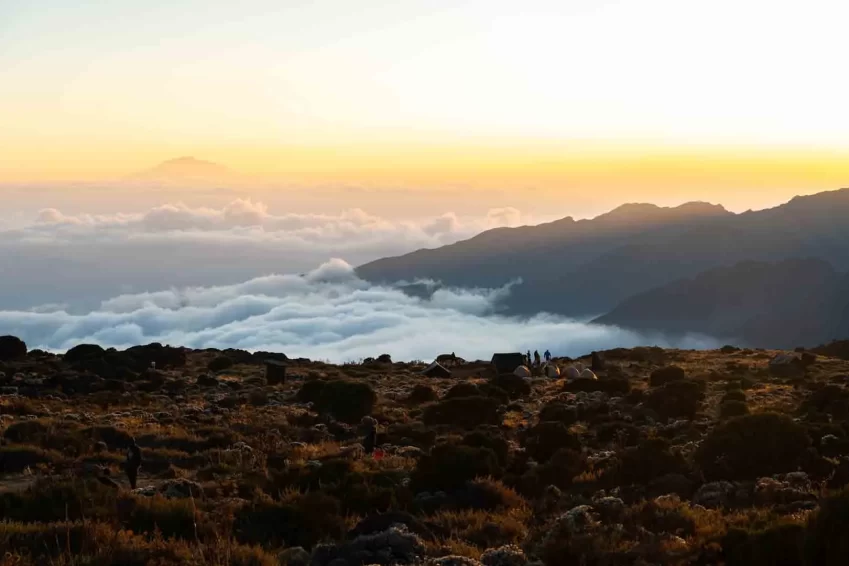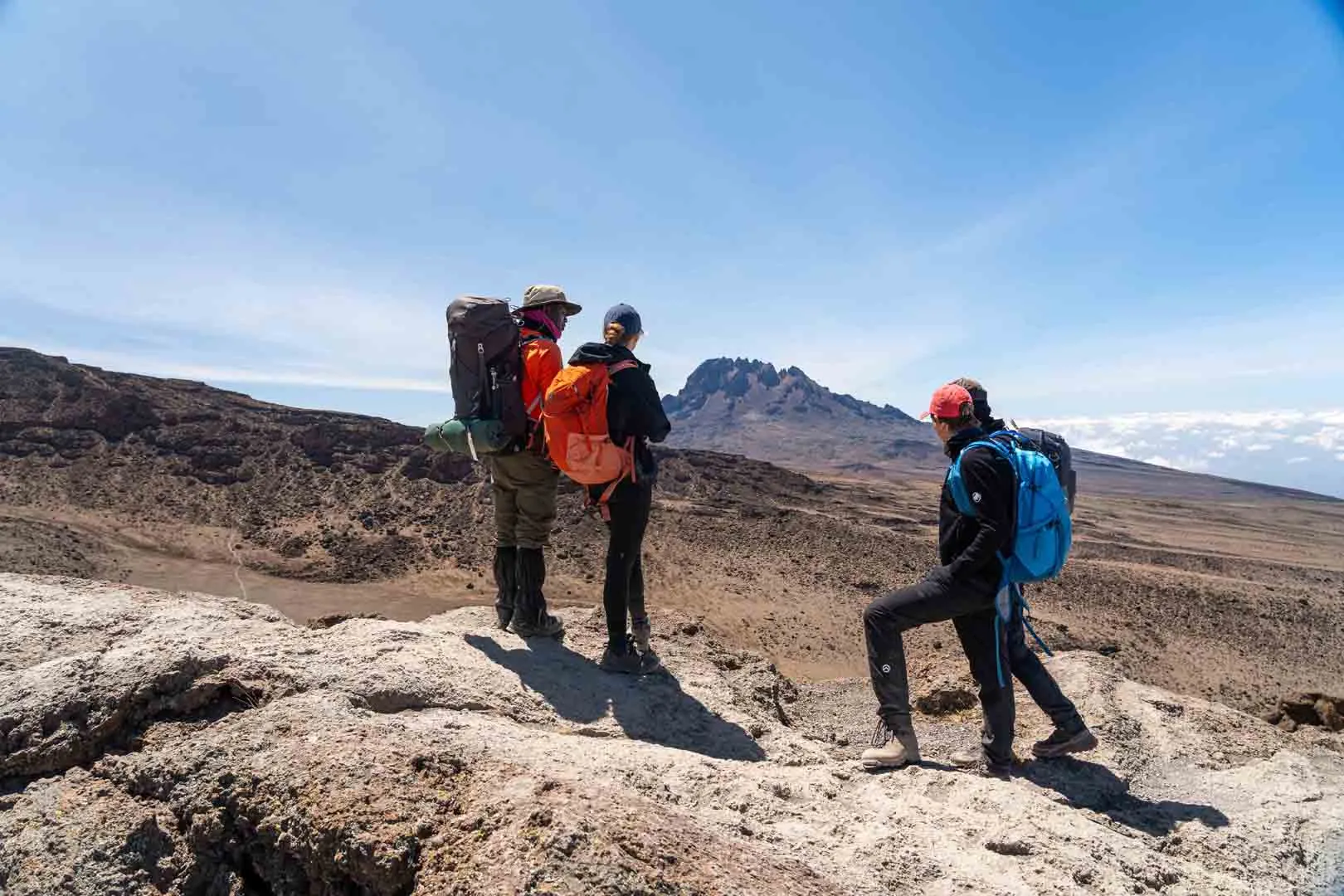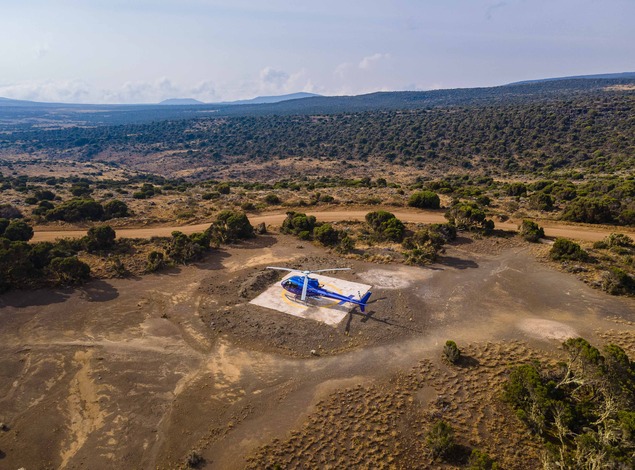Altitude Sickness on Mount Killimanjaro

Understanding Altitude Sickness: Symptoms, Prevention, and Emergency Response on Mount Kilimanjaro
Climbing Mount Kilimanjaro is a bucket-list adventure, but the risks of altitude sickness are genuine and can be life-threatening if not managed properly. As a helicopter company offering mountain rescue services from Kilimanjaro, we understand the critical importance of acting fast when altitude sickness strikes. In this post, we’ll dive into the symptoms of altitude sickness, how to prevent it, and the vital role helicopter evacuation plays in emergencies.
What is Altitude Sickness?
Altitude sickness, also known as Acute Mountain Sickness (AMS), occurs when your body struggles to adjust to lower oxygen levels at high elevations. For those attempting to summit Mount Kilimanjaro, which rises to 5,895 meters (19,341 feet), the risk of AMS is significant, especially if proper acclimatization procedures aren’t followed.
Common Symptoms of Altitude Sickness:
1. Mild Symptoms (Early Signs):
- Headache
- Dizziness
- Nausea or vomiting
- Fatigue or weakness
- Shortness of breath with exertion
- Loss of appetite
- Sleep disturbances
2. Moderate Symptoms (Worsening AMS):
- Persistent headache
- Increased shortness of breath
- Severe fatigue
- Difficulty walking (ataxia)
3. Severe Symptoms (HAPE & HACE):
- Confusion, irritability, or inability to think clearly
- Coughing up pink, frothy liquid
- Bluish lips or skin (cyanosis)
- Seizures
- Loss of consciousness
Without rapid intervention, severe forms of altitude sickness can progress to High-Altitude Pulmonary Edema (HAPE) or High-Altitude Cerebral Edema (HACE), both of which can be fatal. In these situations, immediate medical attention and evacuation are necessary.
Preventing Altitude Sickness
While altitude sickness is unpredictable, there are several strategies climbers can adopt to minimize the risk.
1. Acclimatize Properly
The golden rule is to ascend slowly. Take time to adjust by following a gradual ascent plan that allows your body to acclimatize at higher altitudes. On Kilimanjaro, many tour operators offer itineraries that include “acclimatization days,” which are essential for avoiding AMS.
2. Stay Hydrated
Drinking enough water is key to avoiding dehydration, which can make altitude sickness worse. Make sure to consume plenty of fluids throughout the day, and avoid alcohol and caffeine, which can exacerbate dehydration.
3. Follow the ‘Climb High, Sleep Low’ Principle
This well-known climbing strategy involves ascending to a higher altitude during the day and then descending to a lower elevation to sleep. This helps your body adjust more effectively to the changes in altitude.
4. Avoid Overexertion
Pacing yourself is crucial. Avoid rapid ascents and overexerting yourself, as both can make you more susceptible to altitude sickness. Keep your activity level moderate and take breaks when necessary.
5. Consider Medication
Medications like acetazolamide (Diamox) are often prescribed to help prevent altitude sickness by accelerating acclimatization. Consult your healthcare provider before your trek to determine whether medication is right for you.
Emergency Response: Helicopter Evacuations on Kilimanjaro
In some cases, even the best preventative measures can’t stop altitude sickness from progressing, especially in a high-altitude environment like Mount Kilimanjaro. That’s where swift and effective emergency response is essential, and helicopter evacuations can make all the difference.
1. Immediate Descent
The first and most critical response to altitude sickness is descending to a lower altitude. If symptoms are mild to moderate, descending by foot may suffice. However, in more severe cases, a rapid descent is needed to prevent further complications.
2. Seek Medical Help
Medical facilities on Kilimanjaro’s routes are limited, and severe altitude sickness can’t be managed without professional treatment. Supplemental oxygen and medications may help manage symptoms temporarily, but they won’t cure AMS, HAPE, or HACE. Medical intervention at lower altitudes is crucial.
3. Why Helicopter Evacuation is Essential
Helicopter evacuation is often the fastest and most reliable way to get climbers out of danger in extreme altitude sickness scenarios. Tropic Helicopters offers specialized mountain rescue services designed to reach climbers in distress and transport them quickly to medical facilities.
Advantages of Helicopter Evacuations:
- Speed: Helicopters can evacuate climbers from high-risk areas within minutes, reducing the time spent at dangerous altitudes.
- Access to Remote Areas: Kilimanjaro’s rugged terrain can make it difficult to evacuate by foot, especially when severe weather conditions prevail. Helicopters provide access to areas that are otherwise unreachable.
- Safety: For climbers suffering from severe HAPE or HACE, every second counts. Helicopter evacuation eliminates the risks associated with slow descents and ensures immediate medical care.
At Tropic Helicopters, we specialize in high-altitude evacuations, with pilots and medical teams trained to handle the unique challenges of Kilimanjaro rescues. We understand the urgency and precision required to perform life-saving evacuations, offering peace of mind to climbers facing altitude sickness emergencies.
Conclusion
Altitude sickness can turn an unforgettable adventure into a dangerous ordeal if not handled properly. By recognizing the symptoms, taking preventive measures, and knowing when to call for emergency help, climbers can significantly reduce the risks associated with high-altitude treks. Helicopter evacuations are a critical component of mountain rescue on Kilimanjaro, providing a lifeline for those in need of urgent care.
For more information on our mountain rescue services or to learn how Tropic Helicopters can support your next Kilimanjaro expedition, contact us today.




